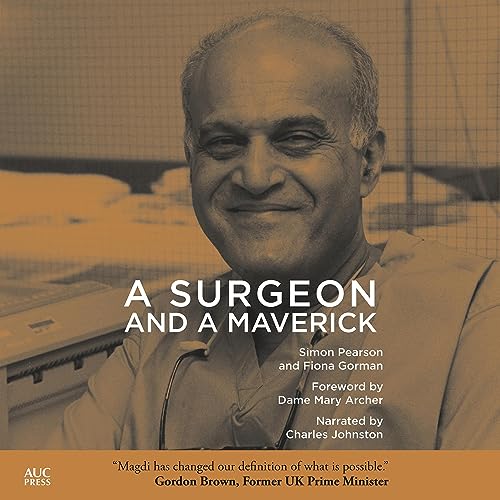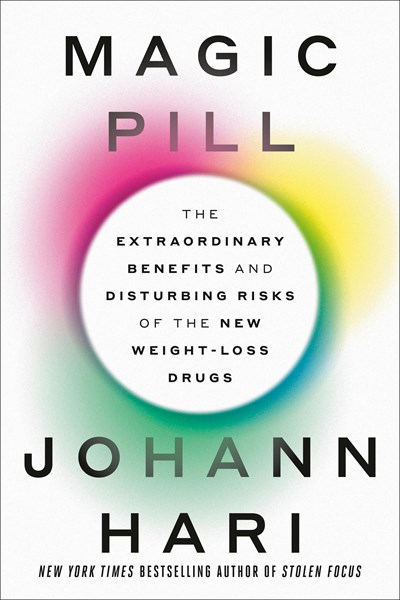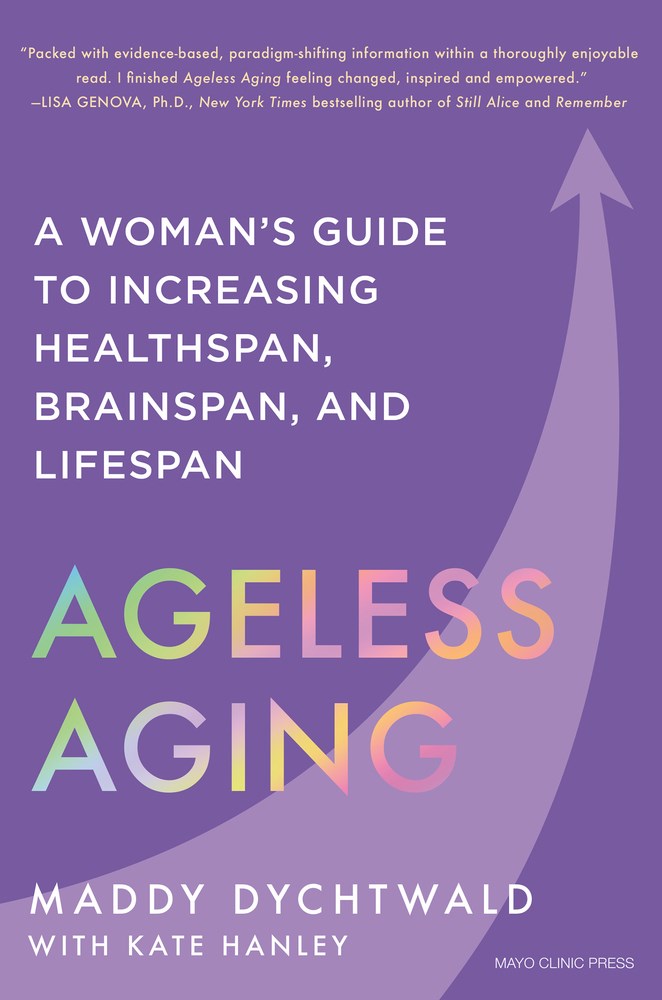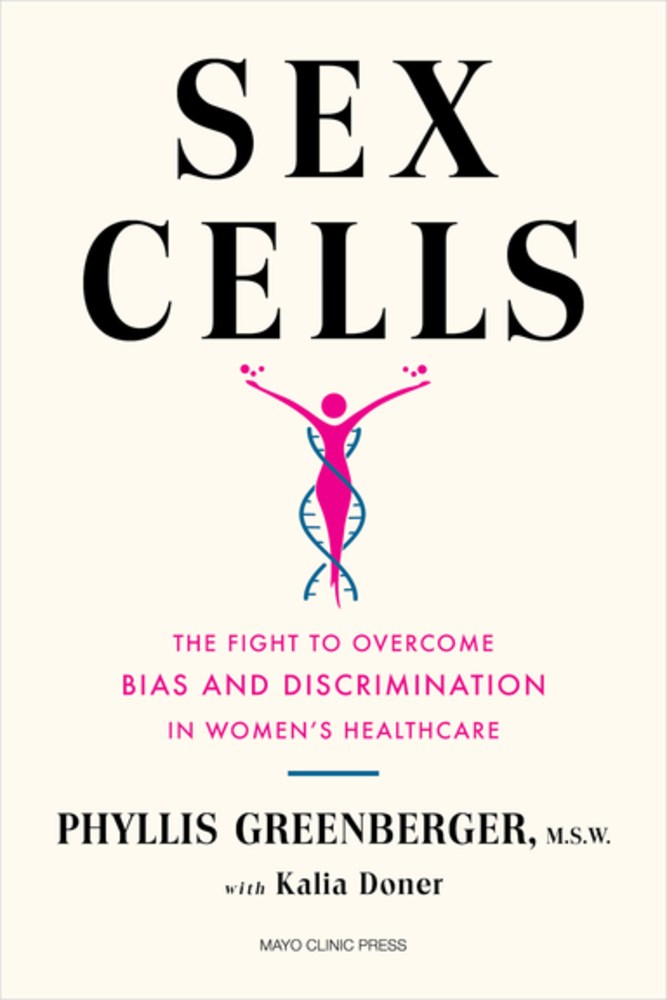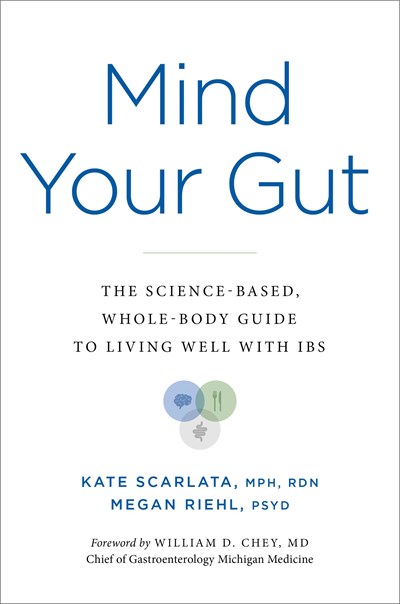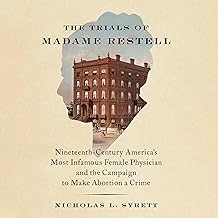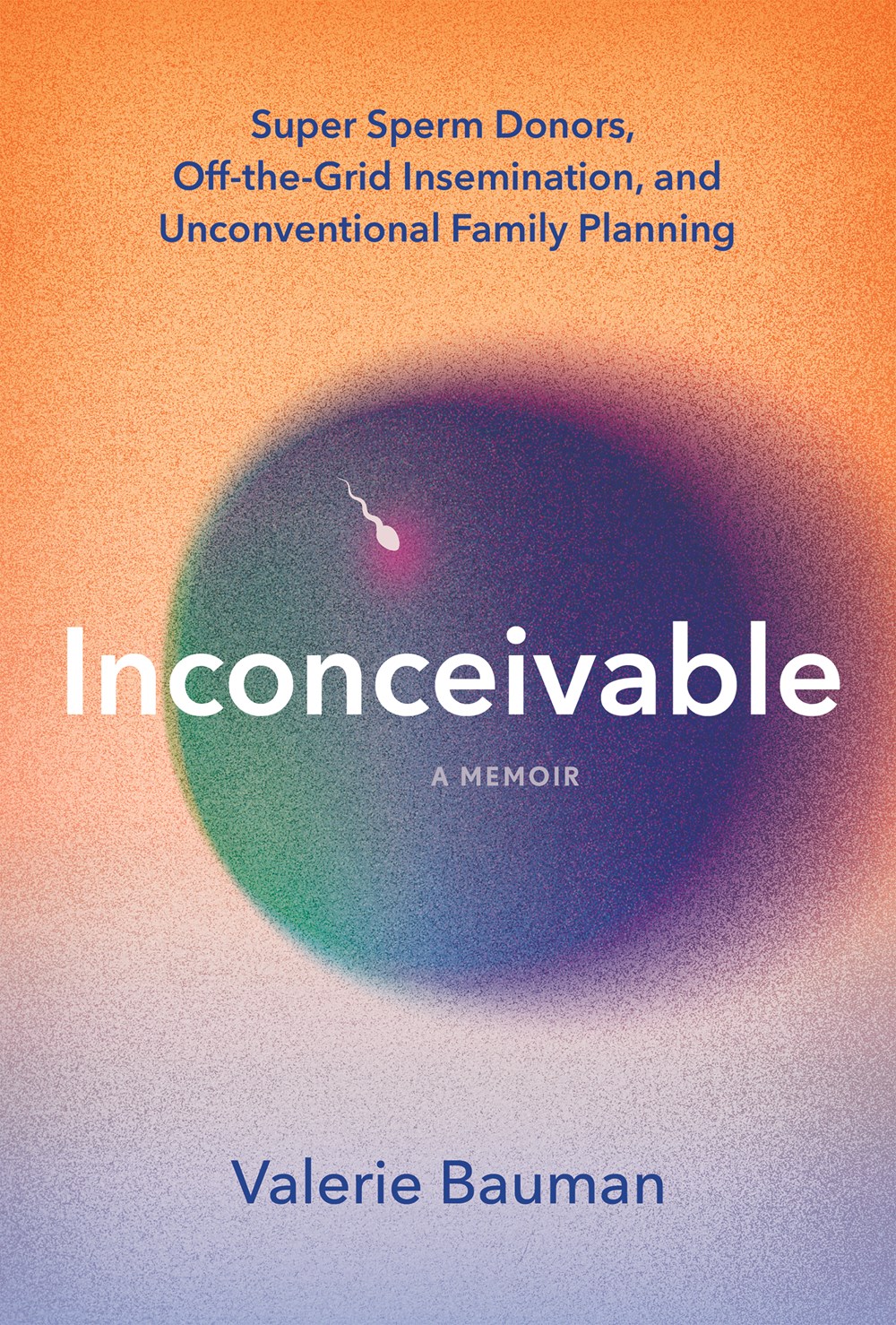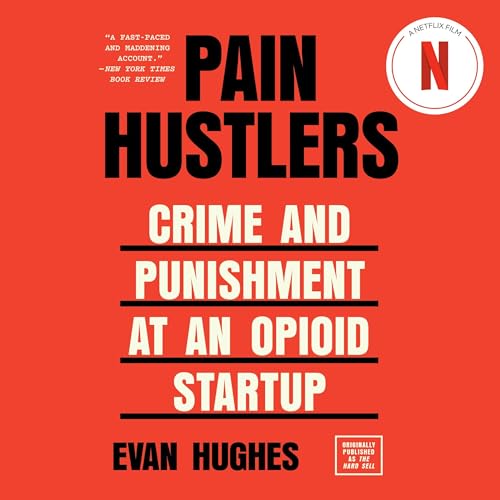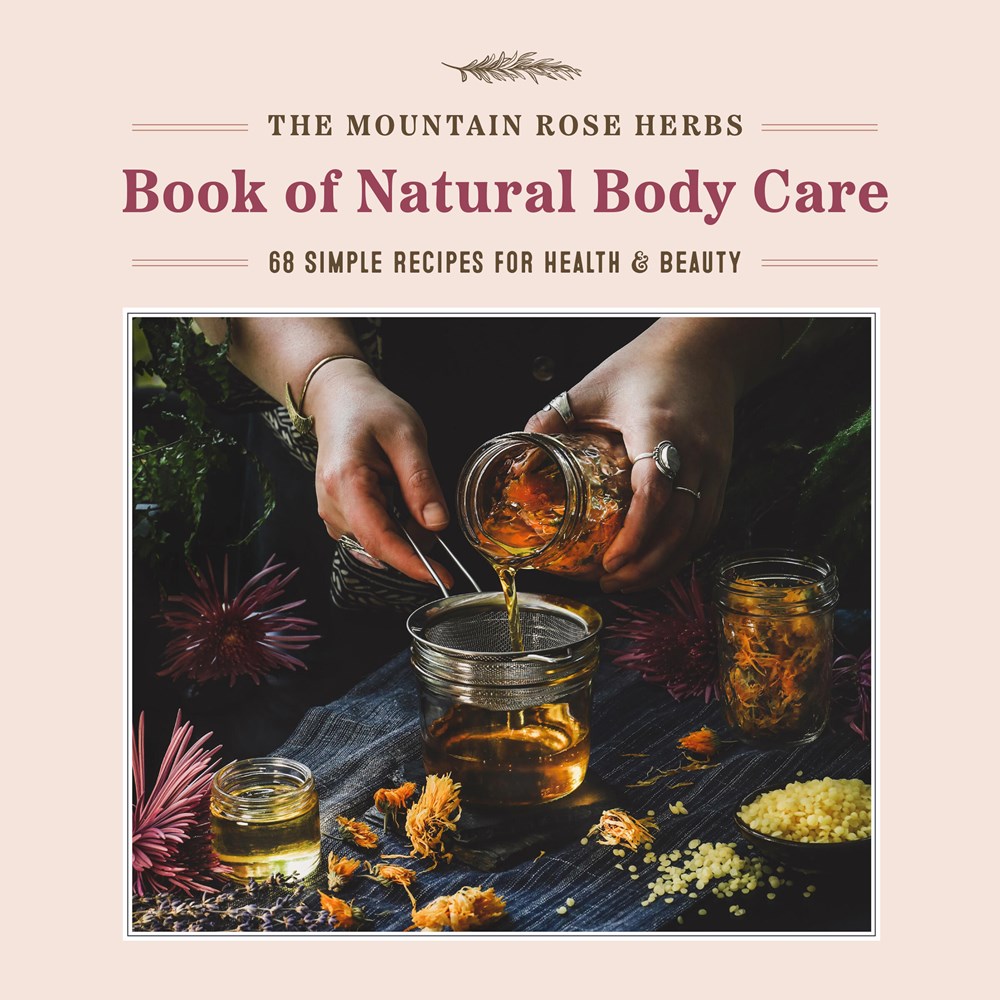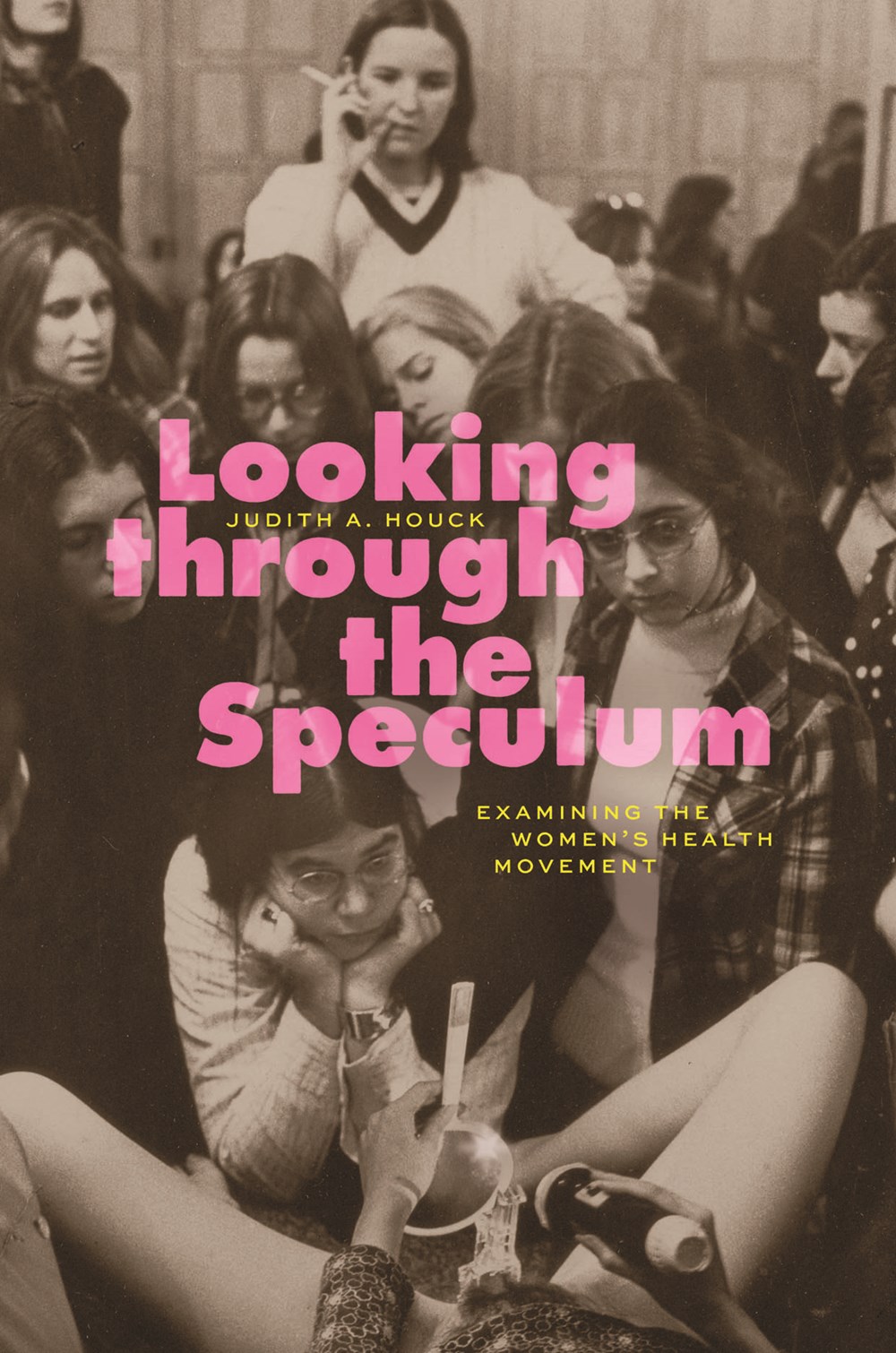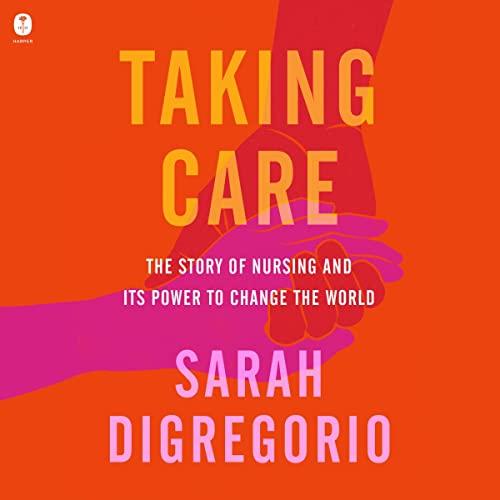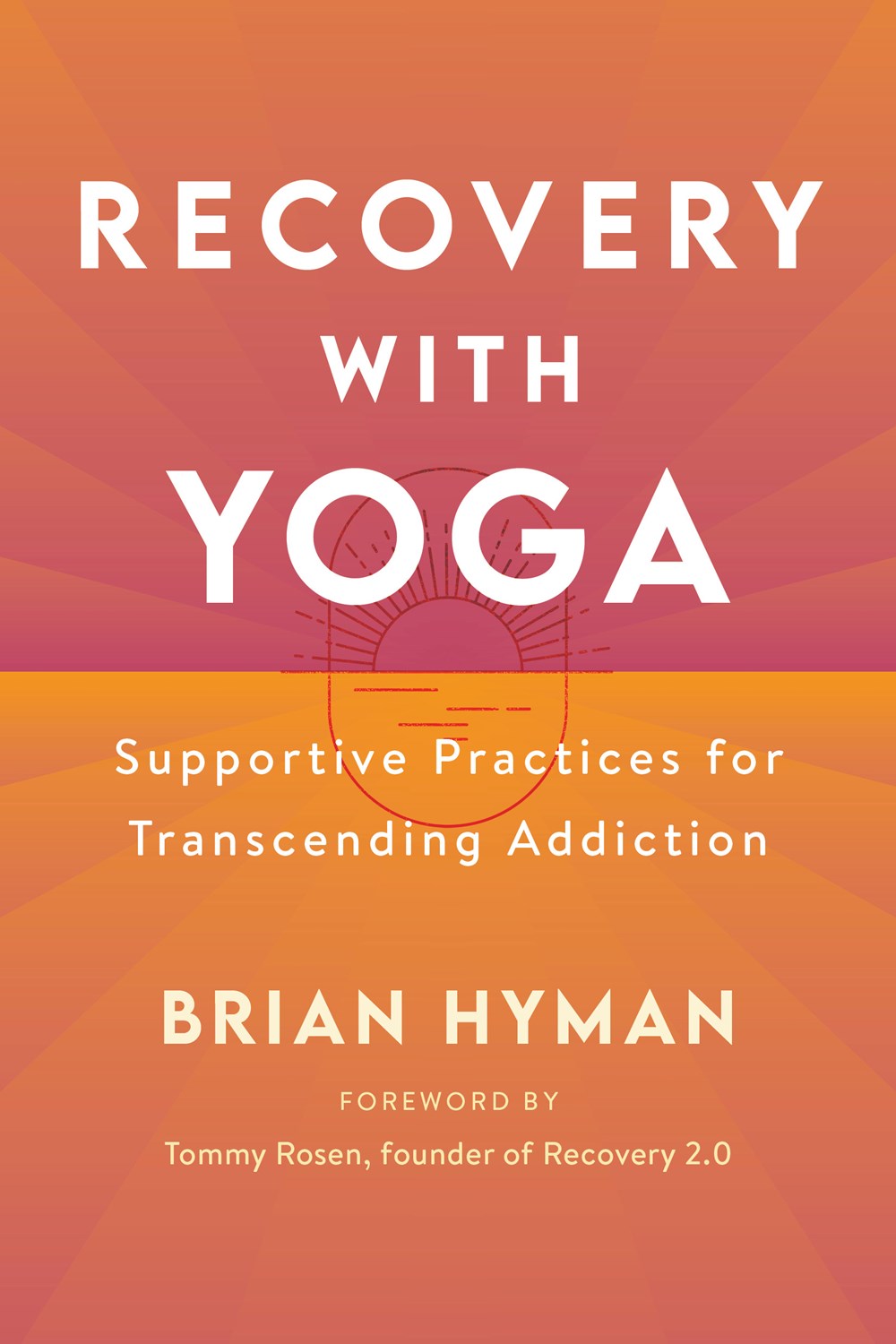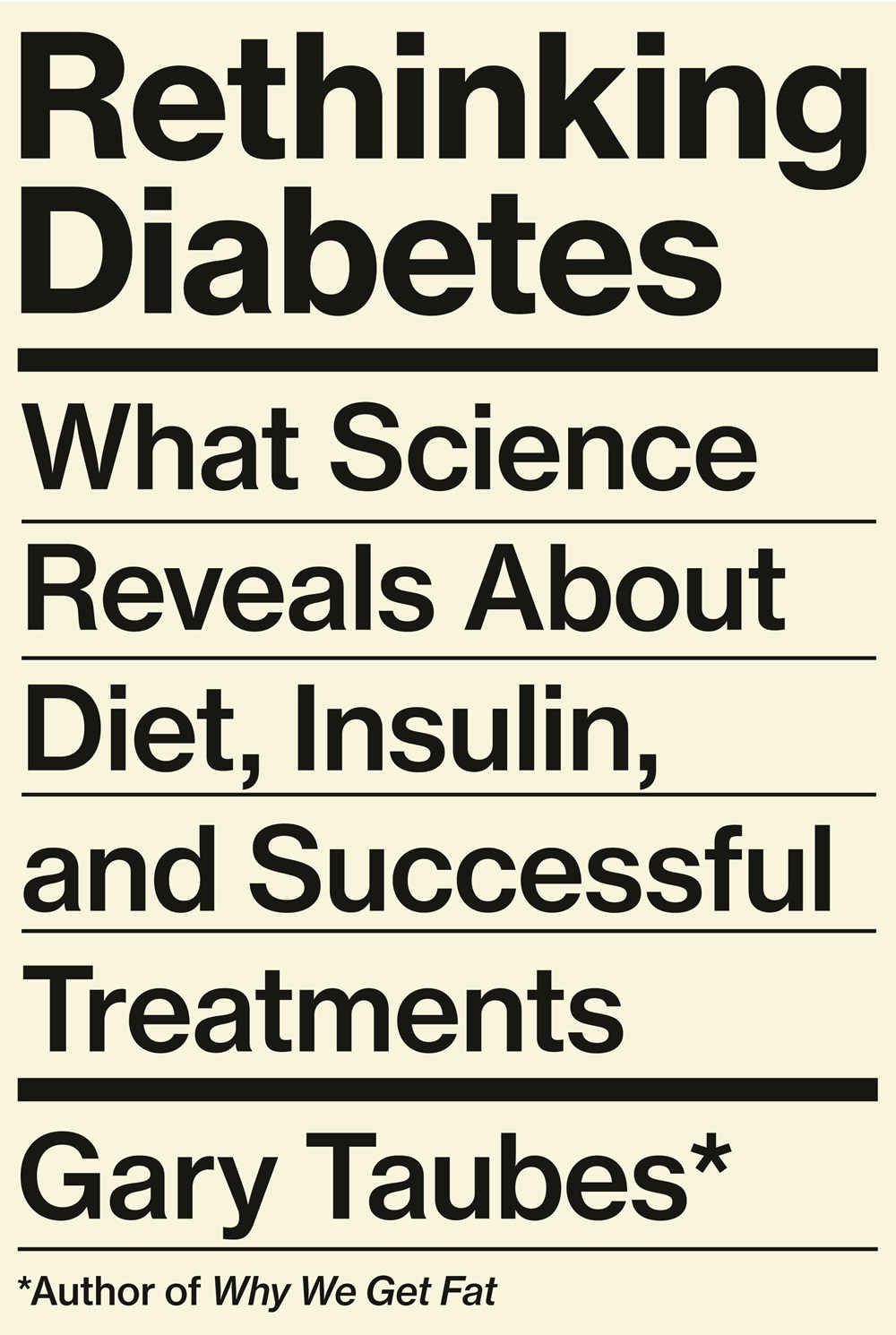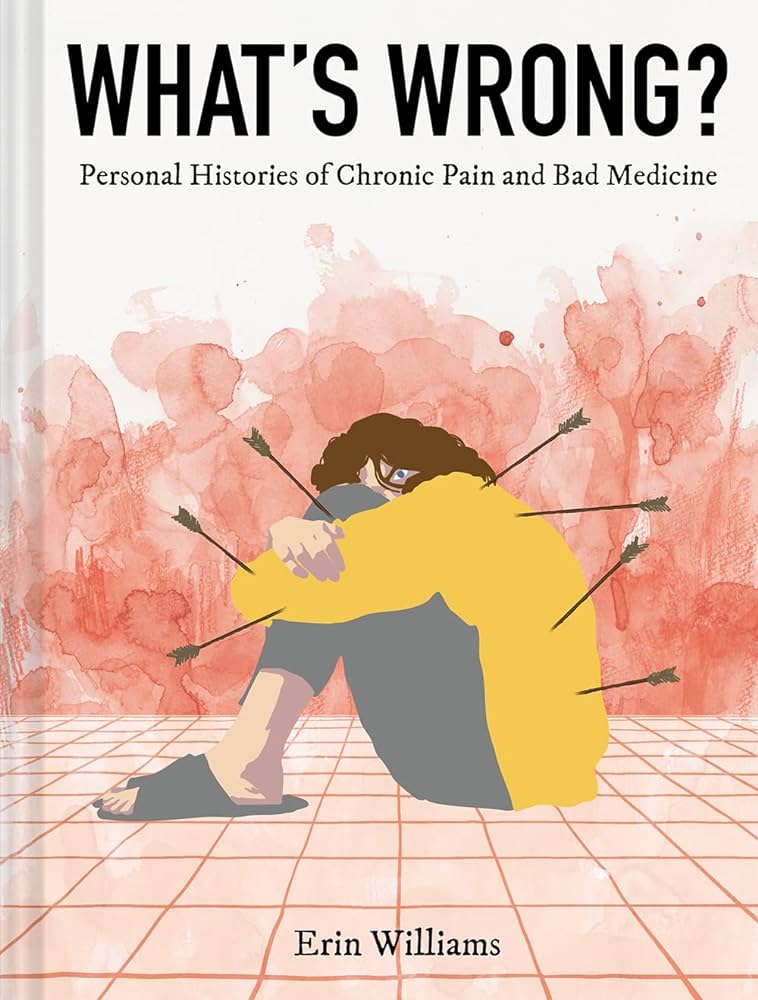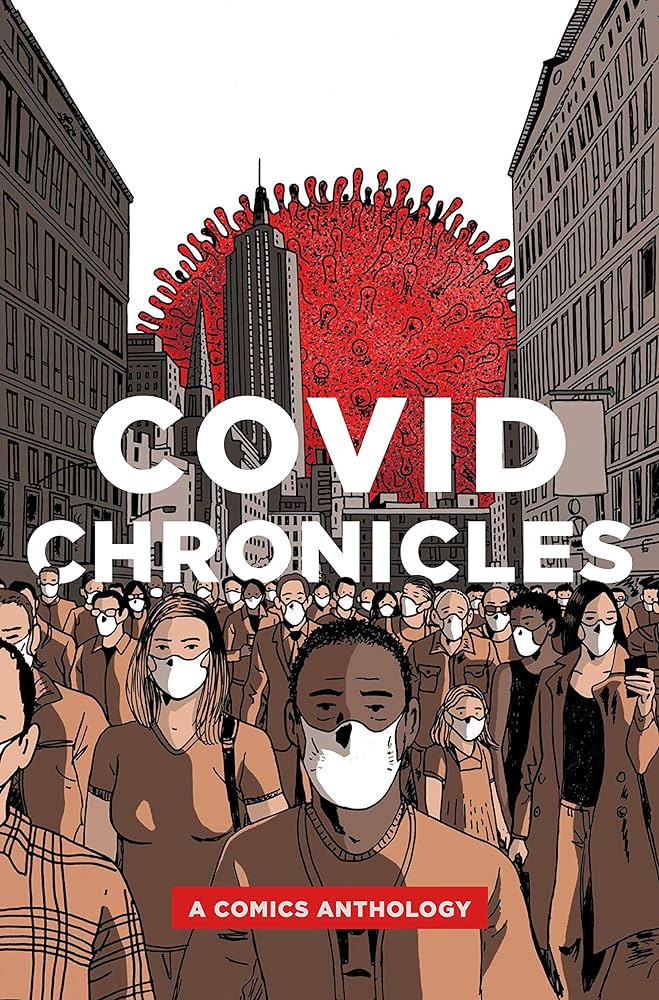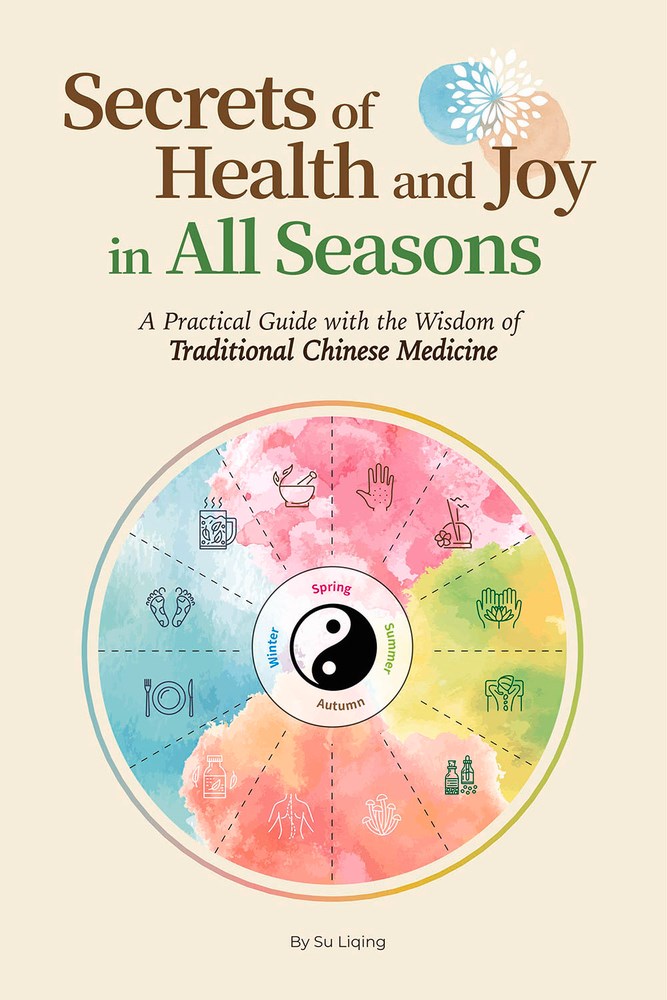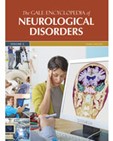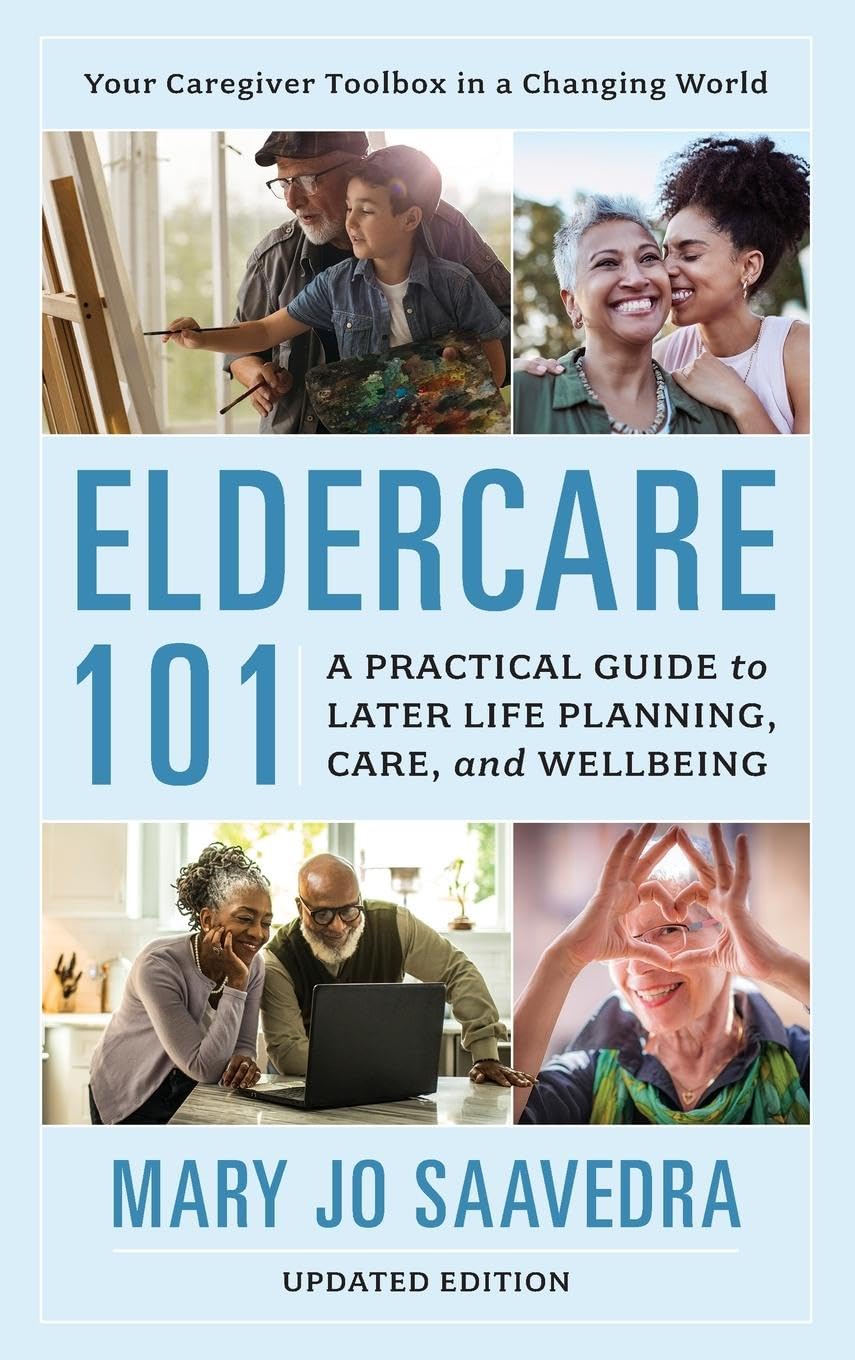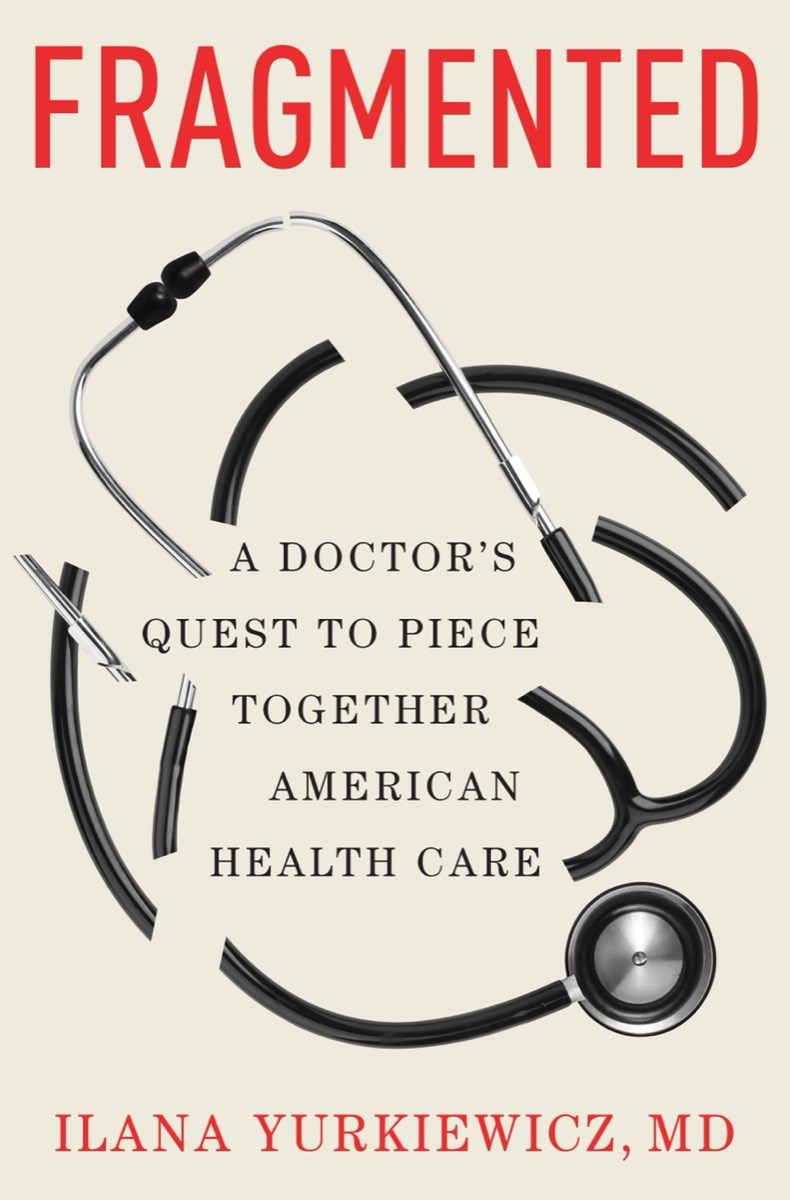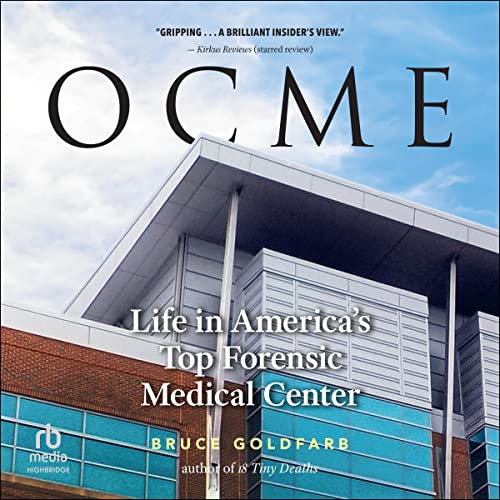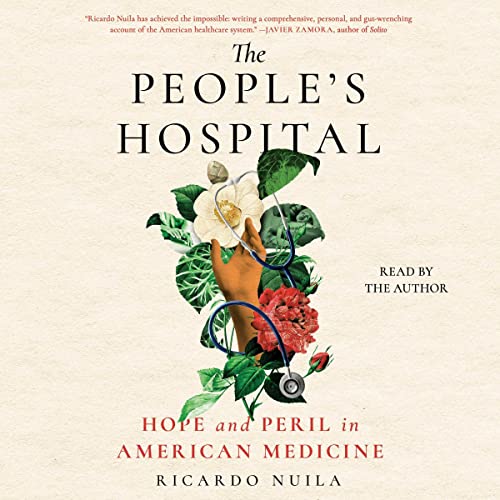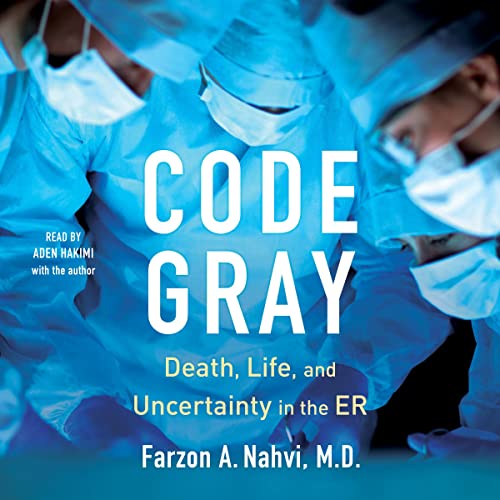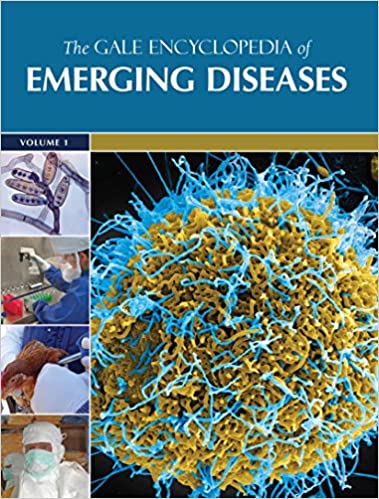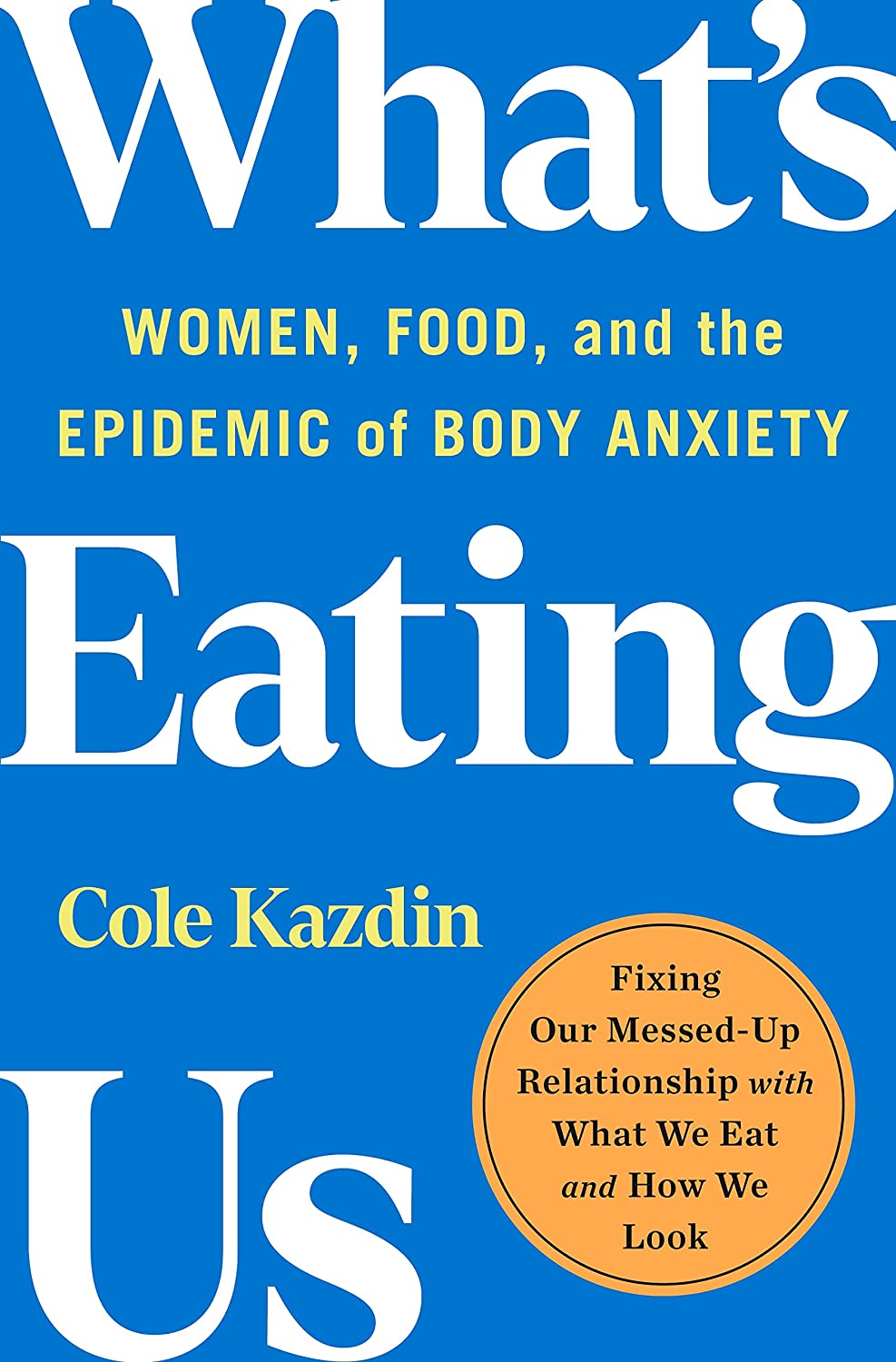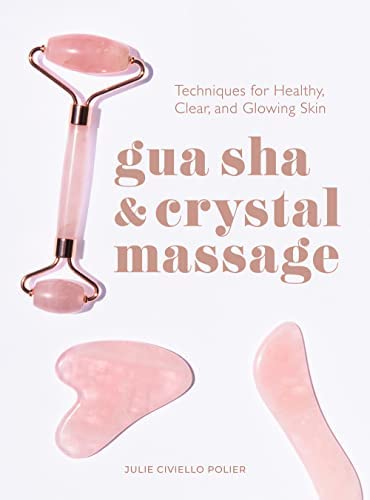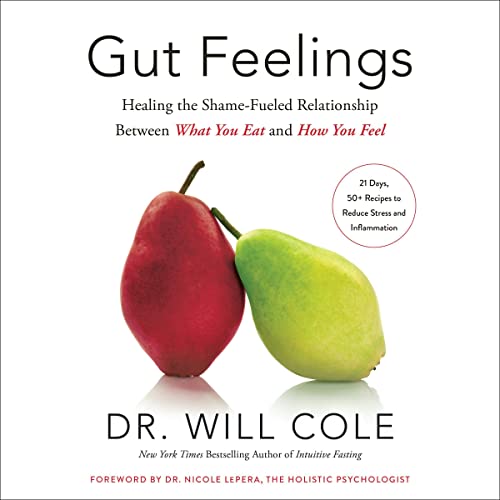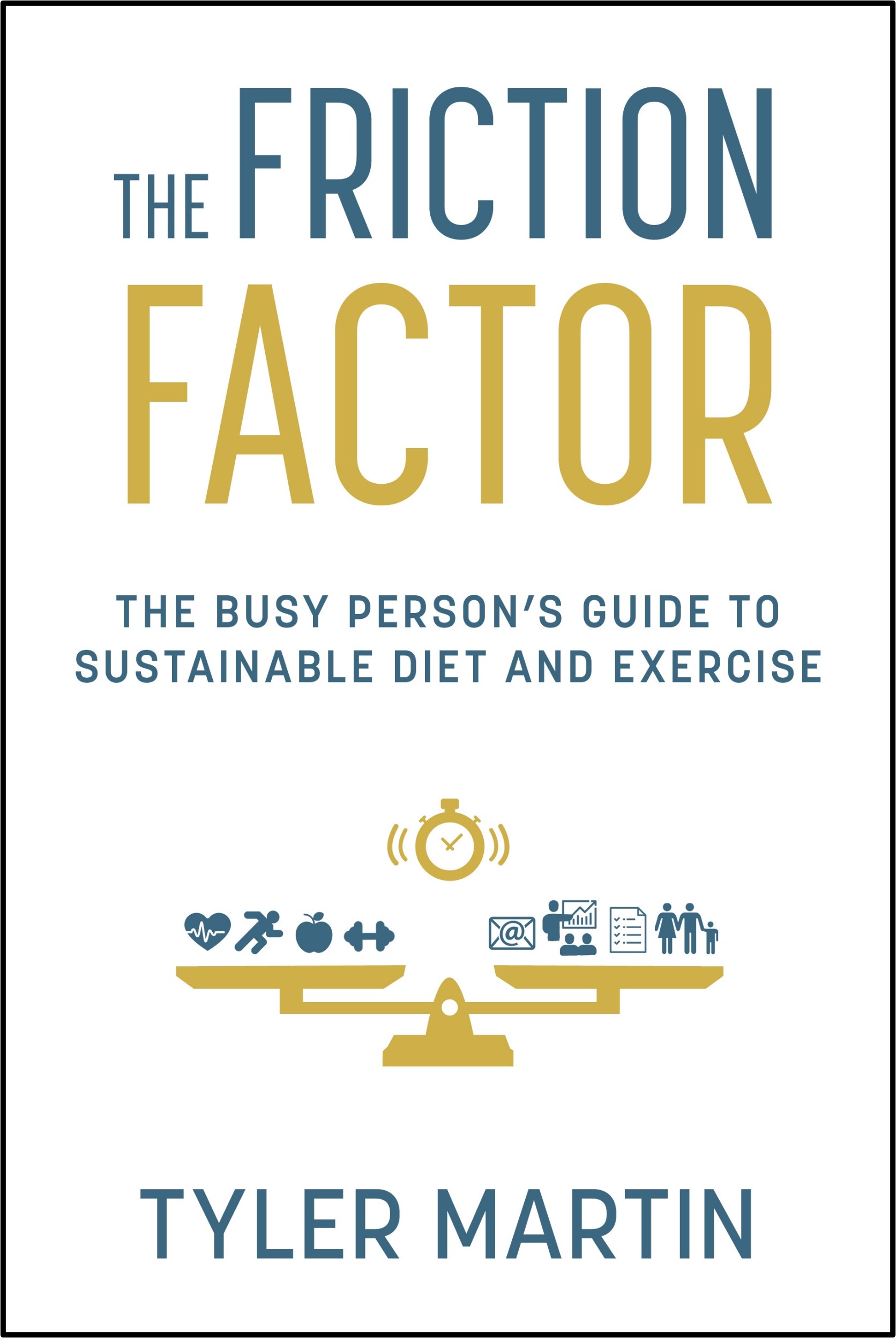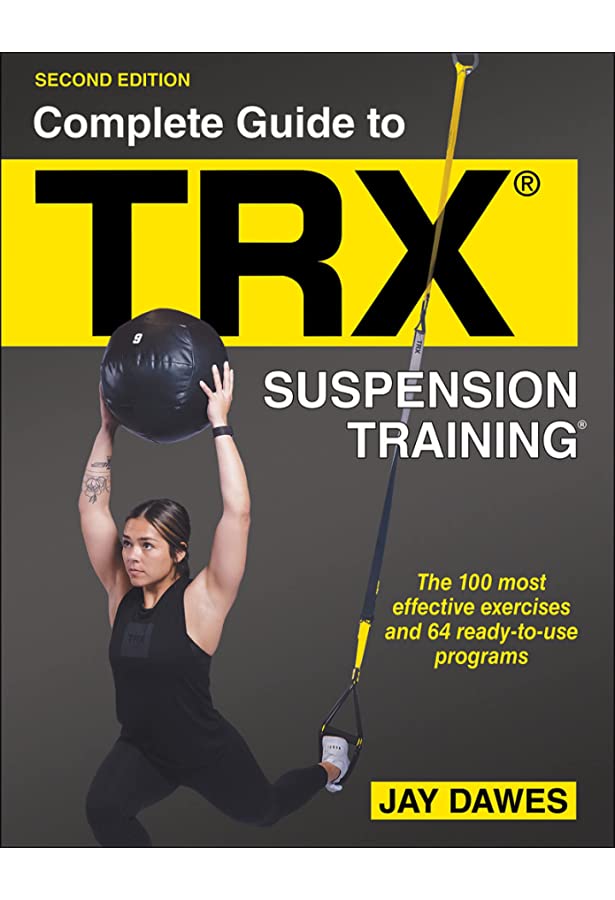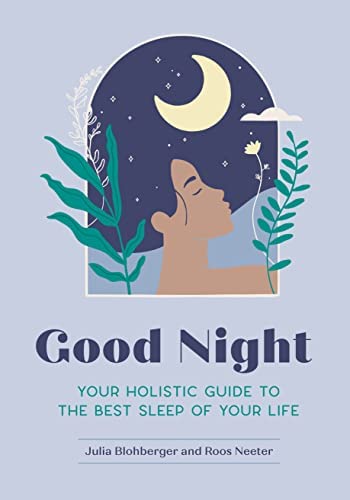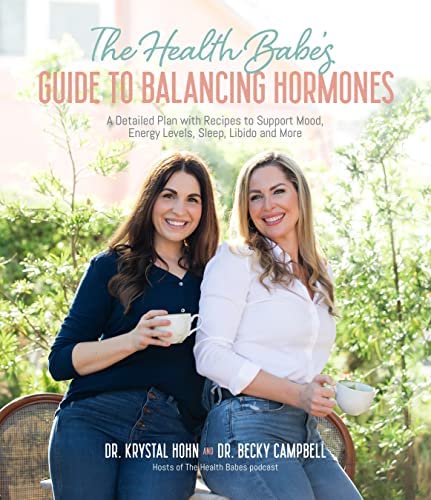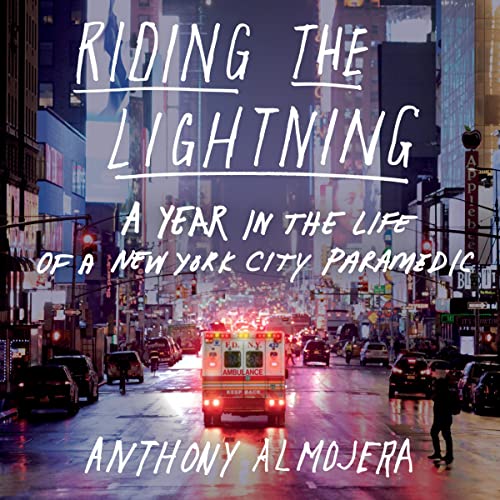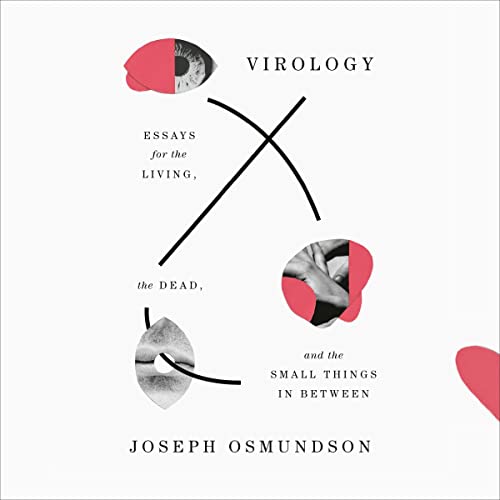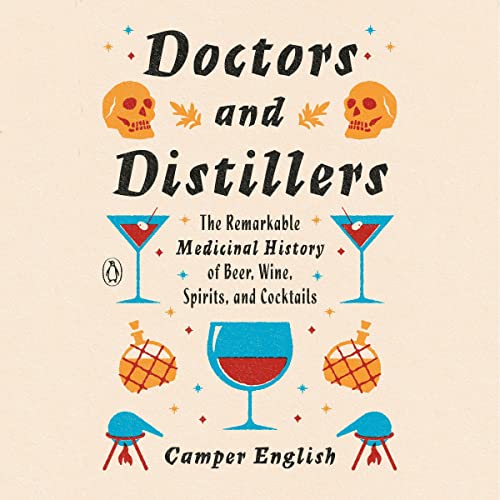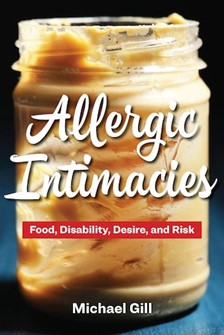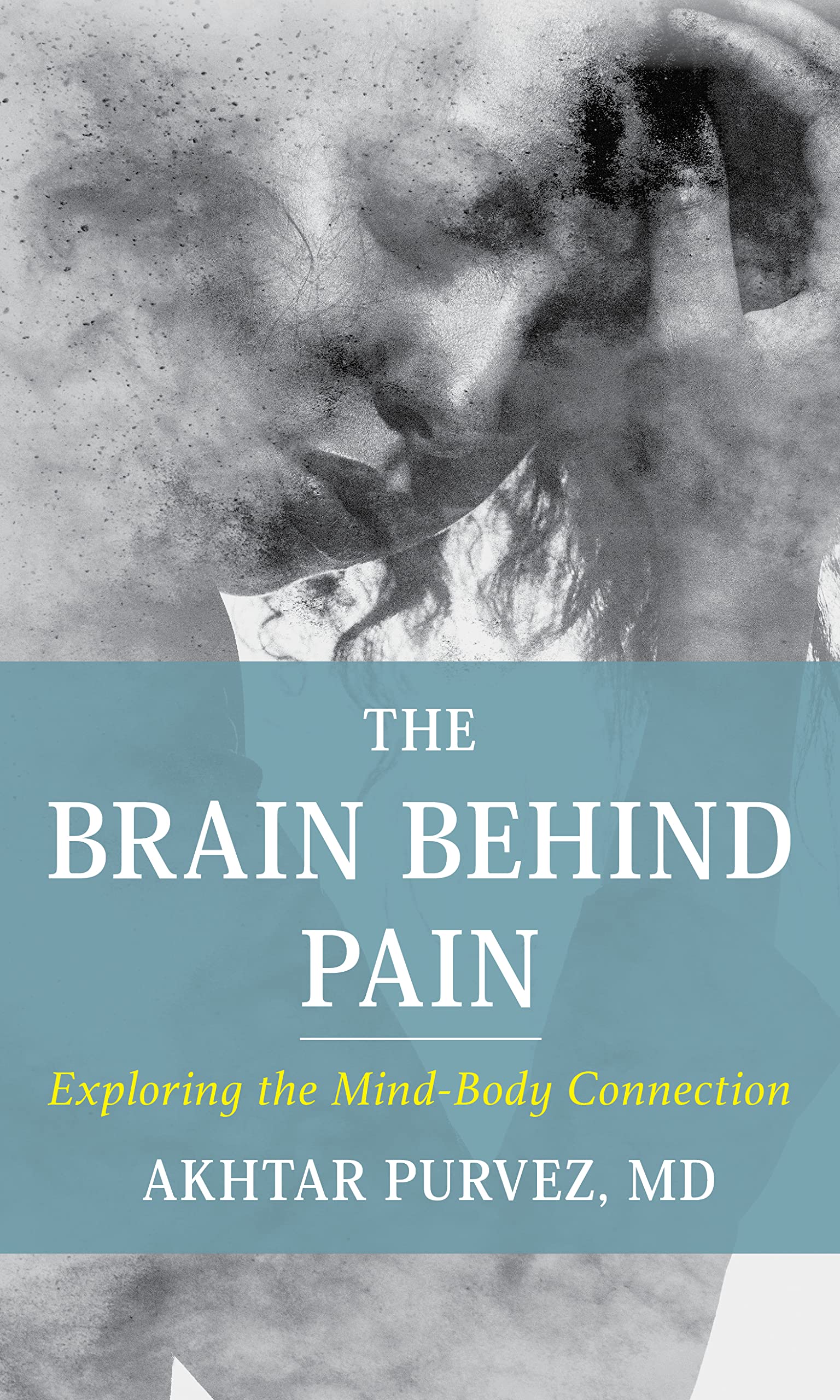Related
A piercing, straightforward summation of the challenges faced when carving out one’s identity as a parent.
Most of the recommendations offered in this book are not new to readers concerned about their weight and health. But this title packages wellness culture as a virtue, which could be dangerous if readers do not also seek help from medical professionals.
An excellent starting point for those of all abilities and in all walks of life looking to create habits that support their cardiac and spiritual health.
With its collection of client testimonials and repeated use of the branded language (the Burn Strategy), at times the book reads like an advertisement, but the exercises, strategies, and meals in it are effectively described and laid out in a way that will make it easy for readers to create training and nutrition plans aligned with their goals.
This valuable addition to the literature on inclusive fitness is a carefully conceived and well-laid-out guide to Ashtanga yoga. It encourages practitioners of all levels to view yoga as a key to unlocking their bodies, changing a practice that might previously have been closed to them because of their race, gender, class, ability, or size.
A number of the skin care and makeup products recommended by here will be too expensive for some readers. However, this book also offers actionable advice and helpful tips on aging with grace and gratitude.
This book provides sound advice about eating more plants, avoiding processed foods, and adopting other health-promoting behaviors, but it doesn’t offer a lot of new information.
This book contains some intriguing conclusions about seed oils, but not all the arguments to turn readers away from them are proven.
A remarkable biography of a gifted surgeon whose professional journey took off at a time when many his age were already looking back on their careers. Yacoub’s story embodies what one determined individual can do by pushing boundaries and advocating for those in need.
This is not a simple book about weight loss. Instead, Hari explores obesity-related medical concerns and the risks of drugs such as Ozempic, all the while peppering the book with anecdotes designed to remind readers that the choices they make about weight loss often have far less to do with the number on the scale than they do with the stories they have been told about their bodies.
This book’s strength lies in its efforts to bring together information about aging well in one easily accessible work.
A thought-provoking book about women’s health care that comes with a strategic plan for improvements. The book makes an important addition to health sciences and women’s studies collections.
An excellent resource with evidence-based information for readers dealing with a condition that’s difficult to treat.
A solid and fun introduction to Pilates for both beginners and readers with some knowledge of Pilates. Fans of hip-hop will appreciate this book too.
Diasporic and migratory, yet rooted and grounded in places, people, and plants, this book is profoundly beautiful, deeply personal, and theoretically complex. It provides an etiology of lost wisdom and a prescription for how readers can return to older remedies in ways that will be a balm for meaningful connections to themselves, their communities, the land around them, and their bodies.
An indispensable strength training guide for adults interested in reducing injury risks, building strong bonds, and developing habits that enhance their longevity in seamless ways.
Ideal for both general readers and for mental health professionals. This title deftly brings awareness to biases and dismissive attitudes about women patients and the barriers they face when they seek treatment and relief.
A timely, well-researched account that provides historical insight into present-day debates about abortion and reproductive rights in the United States.
PREMIUM
Inconceivable: Super Sperm Donors, Off-the-Grid Insemination, and Unconventional Family Planning
This book reveals a little-known aspect of one route to becoming a parent. For health sciences consumer health collections.
PREMIUM
Pain Hustlers
Emily Blunt and Chris Evans star in a recently-released Netflix film based on the book, but Hughes’s riveting account about the opioid epidemic stands on its own as a work of outstanding narrative nonfiction that should find a place in most libraries.
PREMIUM
Restore Your Life from Chronic Pain: Find Lasting Relief from Arthritis, Headache, and Back Pain
A positive, comprehensive, integrative, helpful, and hopeful approach to taming pain. Perfect for people with chronic pain who are eager for feasible solutions.
A recommended purchase. This debut author’s writing style and fast-paced story will appeal to readers interested in a behind-the-scenes look at hospital operations and personnel during the COVID pandemic.
A remarkable, accessible offering of feasible action steps that will help women feel more in control of medical issues related to heart health, hormones, cancer, and much more. Written from a social justice lens.
A sumptuous, credible, and reliable resource. For readers of all levels of expertise who are looking to create their own beauty, bath, hair, and healthcare products from herbs and botanicals.
A well-researched, eye-opening book about the evolution of the women’s health movement. Highly recommended for readers interested in feminist theory and activism. It’s also a must for people frustrated with and angered by the prevalent biases within the medical system.
A collection of tales about real superhero women and how they won respect. This title would be a good museum store book or as an adjunct resource for a senior high classroom module on the American West.
Anyone interested in improving Americans’ quality of life will be inspired by DiGregorio’s call to action, dynamically delivered by Gideon, arguing that nurses, as integral members of their communities, can help the country heal from structural inequalities such as racism, sexism, unequal access to information, and poverty.
Perfect for athletes in need of a reminder that being quick with their recovery efforts isn’t a quick fix. This impressive book shows how slowing down speeds up results in the gym, on the road, and beyond.
A highly readable and engaging text with helpful tips and suggestions for incorporating natural herbs and plants into a health regimen.
This titles takes the best of the wellness world and successfully marries it to practices that will encourage readers, especially women, to explore the natural world in search of opportunities for self-discovery and healing.
Rooted in Ayurvedic principles but focused on modern readers’ lives, this is a fresh approach to restoring health through mind/body connections.
A wonderful handbook about the basics of Asian American herbalism. Naturalists will enjoy this title.
This expert and easy-reading resource helps its audience understand the best natural remedies for sleep. The book’s title is representative of its offerings.
Heavily footnoted, carefully researched, and ultimately prescriptive not of pills and potions but of foods close to nature and fairly accessible, this title may not be the magical fountain of youth, but it delivers good advice in palatable, practical ways that will make every blueberry taste like it’s erasing a wrinkle or two.
A recommended, accessible study of the historical shortcomings in female healthcare. It’s also an effective catalyst to advocate for better treatment.
Intended for individuals comfortable enough in their recovery journey to commit to personal healing practices. This book moves beyond yoga poses into philosophy-made-actionable in ways that will empower people to live with courage and to trust in their inner power.
This is thought-provoking and will interest healthcare professionals and students, dieticians, nutritionists, and diabetic/prediabetic patients looking for disease and treatment history and potential future treatment possibilities. What’s different about this exceptional book is that it doesn’t limit its angles to only diets, recipes, diagnosis, or managing blood sugar.
The raw accounts of these five tormented women reveal a disturbingly ineffective health system. Vital for health collections in public and university libraries.
Capturing the zeitgeist of 2020, this anthology documents the suffering people behind the statistics: so many voices, so much death. Important for historical and medical collections, for education about crisis management, and also peerlessly entertaining.
PREMIUM
The Natural Remedies Guide
A good, reasonably priced resource for consumer health collections. With continuing interest in natural medicine, this volume on the topic is welcome.
For all skill levels. Readers will gain strategies to disrupt boundaries between their mats and their lives.
Requisite reading. A no-nonsense, educational, science-backed, in-depth title about menstruation and the impact it can have on one’s body. This title will empower readers to better understand their bodies and to advocate for themselves in medical situations.
PREMIUM
The TMJ Handbook: A Therapeutic Guide to Relieving Jaw Tension and Pain with Yoga and Mindfulness
A solid how-to guide for readers interested in alleviating physical or mental stress via a yoga or mindfulness practice. This book is also a thought-provoking reminder of how interconnected the parts of the body are.
This is not a wellness book with checklists. Instead, it serves as an exploration of what change looks like and how people can incrementally move away from learned rules toward more nuanced approaches to their own health.
Welcoming, accessible, and inclusive for new yogis, yet filled with information and insights valuable to experienced practitioners who want to know how to modify poses or reset expectations during and after pregnancy. This title benefits yoga instructors as well by providing tips on how to support yoga practitioners during their pregnancy and postpartum experiences.
A beautiful blend of tradition, recipes, and principles that guides readers through the basics of the Korean apothecary.
Still, this is a commonsense approach to letting go of internalized narratives that may promote unwanted eating habits or negative body image. Will be of interest to readers who want to stop falling for diet trends and quick fixes and learn new ways to think about what’s on their plate.
PREMIUM
Sauna: The Power of Deep Heat
Health and wellness readers will enjoy this overview of sauna history, culture, and etiquette.
Well-organized, meticulously documented, and actionable. Readers will think differently about the interactions between their bodies, the seasons, and some holistic modalities of healing.
An invaluable resource for general readers wanting comprehensive, up-to-date information on neurological disorder diagnoses, causes and symptoms, treatment and management options, prognoses, and possible preventative measures of each condition.
PREMIUM
Eldercare 101: A Practical Guide to Later Life Planning, Care, and Wellbeing, Updated Edition
By 2030, some 78 million baby boomers are expected to reach the age of 65. They, as well as their current and potential caregivers, will welcome this practical advice.
Designed and ideal for professional practitioners of personal training, dance, yoga, and similar fields. Experienced users may benefit from this book’s content as well.
The easy-to-understand sequences, helpful photographs, and welcoming process to execute inverted yoga poses make this a great addition to any collection.
The promise of a calmer, more connected world, free of stress and exhaustion, will likely encourage readers to select this book and give it a chance to work its mindful magic. Ideal for both beginners and more advanced practitioners.
PREMIUM
The Well-Lived Life: A 102-Year-Old Doctor’s Six Secrets to Health and Happiness at Every Age
A helpful guide to embracing the joys and confronting the sorrows of life. Recommended for readers of all ages seeking motivation or inspiration as they continue their living journey.
An easy-to-follow guide for those interested in the basics of intermittent fasting. Perfect for readers struggling to live optimal healthy lives.
A thought-provoking read for anyone who buys or wears clothes. A recommended addition to collections.
This audiobook is a winner for patrons who enjoy medical nonfiction and true crime or are interested in medical forensics. Narrator Barr makes listeners want to hear more.
Through these stories, listeners will learn not only about the monetary cost of medical care but the human cost as well. With facts and heart, this is a timely book that showcases the realities of a system in crisis.
Told with candor and compassion, this well-narrated book should not be missed by anyone who is interested in the ethics and the real-life experiences of medical personnel.
An interesting addition to a long-running series; perhaps of use in U.S. high schools, but it would be better off without the aforementioned 150+ extraneous pages.
Will interest high school and college students studying health care, the effects of climate on plants, animals, and people, or the intersection of multiple sciences.
This is a useful addition for consumer health collections that need an accessible, current book about perimenopause and menopause.
This is a welcoming book, though many of its strategies duplicate techniques well described in other health care manuals. It is useful, however, to see how compassionate health management techniques can address these puzzling long conditions and offer encouragement for healing.
A good addition to women’s health and consumer health collections. Readers wanting more scientific information will want to pick up Vagina Obscura by Rachel E. Gross.
The author’s tips and tricks are gentle nudges that she lovingly teaches her fans to enfold in their habits. She does so without judgment or any rigid food rules, which is a welcome approach.
While some readers may draw comfort and inspiration from the message, the lack of illustrations makes this a nonessential purchase.
While mobility, as opposed to exercise and fitness, is an intriguing concept, the outdated sources and sometimes radical lifestyle suggestions make this book difficult to recommend as a collection purchase.
A clear explanation of a complicated topic. Likely to be popular with those who follow the author on social media and with those in need of sleep.
Readers will gain knowledge of concrete movements and exercises that will reduce their pain, improve their mobility, and help them move gracefully through life.
A deeply absorbing book that offers a refreshing approach on how to succeed in living a healthier lifestyle. Ideal for readers interested in fitness, healthy eating, and general health.
Will likely appeal to graduate students, professionals, and think tanks interested in all aspects of the health care system.
A witty and informative examination of several alternative health-care practices in the United States that indicts both pseudo-healers and unsuccessful efforts to regulate them.
This book is great for anyone working with patients, from nurses and doctors to health care and hospital administrators. It puts a spotlight on the problem of moral injury and how to rectify it.
This work will appeal to readers who enjoy memoirs and general nonfiction, but Kadzin’s conversational tone and writing style make this book accessible to all readers.
With a balanced mix of personal anecdotes (including confessions of missteps) and expert advice, this book feels like both a workout buddy and a super trainer, without taking a tone that’s unnecessarily prescriptive or harsh.
This book will appeal to readers, particularly women, who are familiar but not extremely well-versed in topics of or relating to diet culture and social justice
Land gatherers of all skill levels located near garden or forest regions will find this a necessary plant and spiritual reference guide.
With its respect for cultural tradition and ease of access, this introduction to gua sha would be a fine addition to libraries where self-care titles circulate well.
Like many fitness and diet influencers, Cole uses phrases such as “you can’t heal a body you hate” in ways that feel reductive and rewords standard practices, such as food elimination or a 21-day food plan, that are already endemic in the diet industry.
This book delivers powerful results for everyone from the TRX novice to the experienced professional. It will be an important, instructive tool in every trainer’s pocket that will make this multitasking piece of equipment accessible for anyone interested in trying it out.
Much of the work consists of blank pages for journaling. For those interested in the meditation and yoga mindset, it could be a useful guide for changing habits.
This informative nutrition and recipe guide will help readers gain control of their bodies and navigate symptoms caused by hormone-imbalance. Every library should have a copy of this on their shelves.
Almojera’s honest and raw memoir makes an impact. This timely addition to any collection will help preserve the story of the first few months of the pandemic and give listeners a glimpse into the hectic life of being a paramedic in a city that never sleeps.
Osmundson brings passion and emotion into these thoughtful and insightful essays while presenting citable facts to back up his point of view. This is one biology lesson readers won’t want to skip.
PREMIUM
Doctors and Distillers: The Remarkable Medicinal History of Beer, Wine, Spirits, and Cocktails
This quirky history is both entertaining and informative; an ideal recommendation for anyone who enjoyed Amy Stewart’s Drunken Botanist or Lydia Kang’s Quackery.
This inclusive title is a good choice for librarians looking for one book on the subject. Its very scope allows it to be many things to many people.
PREMIUM
Breathe In, Breathe Out: Restore Your Health, Reset Your Mind and Find Happiness Through Breathwork
This is a powerful resource and workbook designed for readers to practice with each breath.
Hollenstein’s relatable, warm, and supportive tone encourages readers to rethink their relationship to their bodies. A much-needed counterbalance to the endless supply of diet books on public library shelves. Highly recommended.
Backed by research, which is cited in a comprehensive bibliography, Purvez’s book is highly recommended for clinicians seeking to better understand how to help their patients and for general readers whose own lives have been impacted by pain.
These are proven traditional exercises that match new research on metabolism and aging, which is what makes this manageable, effective, and sustainable.
articles
ALREADY A SUBSCRIBER? LOG IN
We are currently offering this content for free. Sign up now to activate your personal profile, where you can save articles for future viewing








